Article 05: The Internet of Tiny Things is improving healthcare in rural Africa
by Bors Hulesch
Captain at brains+cheek
March 2025
Are you aware of IoT? The Internet of Things?
You should be, because it’s a revolution.
Oh, of course you’ll be aware of the many objects that connect to the Internet, and not just the smart devices sitting in your pocket and on your desktop. But the sheer variety and ubiquity of connected devices means we are already drowning in an ocean of data.
For example, did you know that manhole covers can have built-in sensors that send information about gas leaks, unauthorised access and flooding? Or that smart diapers can collect information about the quantity and composition of urine (for babies and unwell/elderly people), and send the data to your smartphone? Or that cows can receive ingestible sensors to monitor their digestion, temperature, and for the early detection of diseases? Or that smart shoes are now able to monitor walking patterns, gait abnormalities, injury risks, as well as falls? The list of weird and wonderful applications is endless.
The Internet of CowsOn the sinister side, a lot of this data is private and will benefit certain entities and individuals. The prospect of every little object around you monitoring your movements, your performance, your body functions and your desires before you’ve even had a chance to think them; often without your consent or even your awareness, must be an arresting thought.
On the bright side however, the global ecosystem of IoT devices and sensors provide fantastic opportunities and benefits to humankind (among other species) to improve their lives, to prevent diseases before they happen, and to treat conditions like never before.
The case of Rural Africa
The subject matter is far too big to fit into a single article, so as an example, I want to talk about rural Africa, where over 800 million people live (that’s roughly the equivalent of Europe and the US combined).
Healthcare and other resources are often lacking in this part of the world. Access to grid electricity, safe and clean water, healthcare professionals, and often even a decent toilet, can be a challenge. So, what can IoT offer under these extreme circumstances?
As it turns out, quite a lot.
In the absence of trained medics and well-equipped clinics, IoT kits including basic diagnostic tools, such as blood glucose meters, pulse-oximeters, blood pressure monitors and portable ultrasound, can provide read-outs for doct
ors to instantly review in city hospitals. Community health workers can administer these kits with minimal training, to the benefit of their local communities, improving health outcomes and saving lives.
And even in the absence of any human support or IoT-enabled medical devices, a simple, low-budget smartphone can fulfil the role of a medical professional, via AI-assisted chatbots and diagnosis. Babylon Health and Ada Health already provides this service in Rwanda.
Another issue with remote locations is, well, just the sheer distance! How do you get medicines, vaccines and blood products to people quickly? Small drones can now precision-deliver these, and logistics solutions such as SwoopAero are promising to serve 1 billion people living in remote locations worldwide, by 2030.
Precision deliveryA further problem is power and connectivity, of course. Devices need electricity to function, and connectivity to pass on information.
In terms of power, recent advances in low energy devices, as well as in solar-, battery- and even hand-crank powered devices allow health clinics to function off-grid.
As regards connectivity, this is already mostly solved via satellite internet, low-power wide-area networks (LPWAN) and more mundane mobile networks, wherever they are available.
We’ve now reached a point in history where information and electricity can flow freely, without the use of any cable connections. And that is a true paradigm shift.
Social justice and sustainability
Apart from the obvious health benefits, there are positive side effects to consider.
IoT devices are a relatively low-cost option for empowering less developed regions, rather than keeping them reliant on foreign aid.
In addition, rural communities are systematically underserved when compared to their urban counterparts. This inequality can begin to be addressed, and with it, quality of life, life expectancy and life satisfaction can also become more aligned.
Last but not least, IoT-enabled
healthcare is clearly more sustainable.
Locally delivered healthcare has a significantly reduced carbon footprint, because patients or healthcare professionals don’t need to travel (often hundreds of miles) for a consultation or for disease monitoring.
Disease prevention with the help of IoT devices also increases climate resilience (think vector-borne diseases like malaria, and waterborne ones like cholera) and reduces resource use, because we can stop the spread before it becomes endemic. It’s a win for people, and a win for the planet.
Epilogue
Like with anything, creating a network of IoT devices across a vast continent such as Africa has its cost.
However, in an ideal world where money is not an object, we can bravely say that we now have the capability to solve remote healthcare for the vast majority of rural populations.
And that is cause for (cautious) celebration.

want to continue reading? choose another article from our ever growing list
-
We live in an increasingly divided world, and it’s not just about our social media algorithms. One only has to look at recent and pending electoral outcomes in the West. These have yielded (or are threatening to yield) unpredictable and surprising results that leave some breathing a sigh of relief, while others groaning in despair. Yet both sides share a sense of uncertainty of how the pendulum will swing: “Will things finally go our way?” or “How long will things stay in our favour?”
Read full article → -
If you were born in the 90’s or before, you’ll likely remember dreaming about the kinds of technologies the future might bring, most certainly starting your sentence with “will we ever…” or “imagine if…”. Today, it’s less a matter of ‘if’ and more ‘when’…
Read full article → -
Go back far enough in history, to the times before hospitals were the norm, and you will find that the point of diagnosis and care was the patient’s home. For the past 200 years or so, for the more serious illnesses, this has shifted to hospitals. But the trend is reversing, and today, patients themselves are increasingly becoming the point of diagnostics again, with the spread of portable diagnostic devices.
Read full article → -
Growing up, robot action movies were part of my staple diet. Remember Robocop? The Terminator series? Especially Part 2; the sequel to end all sequels, where T-800 slugs it out with T-1000? What about Van Damme’s Cyborg? Yeah, I’d forgotten about that one too, but as a kid, I used to love the gore!
Read full article → -
The Internet of Tiny Things is improving healthcare in rural Africa. Are you aware of IoT? The Internet of Things? You should be, because it’s a revolution.
Read full article → -
Stay tuned…




